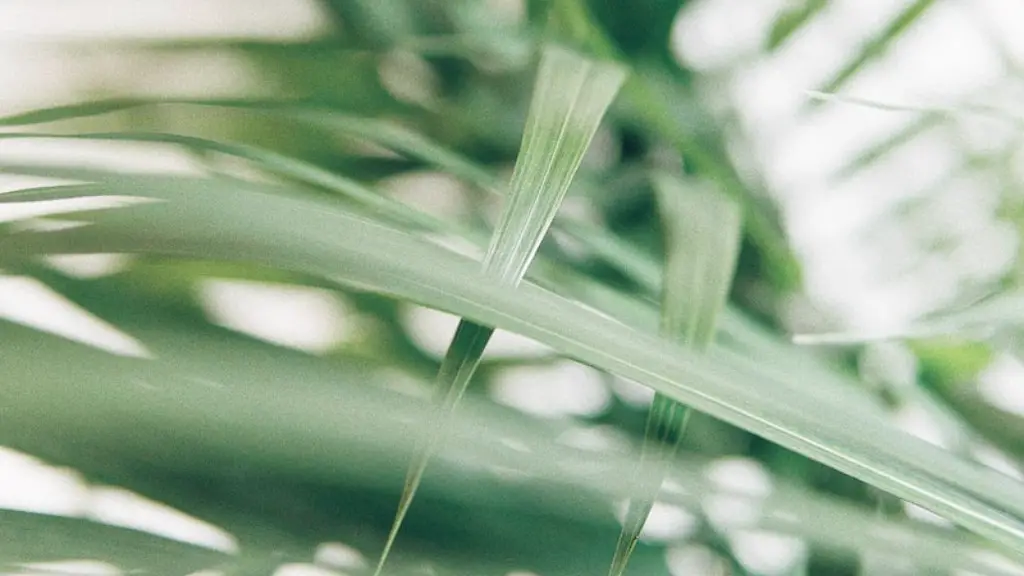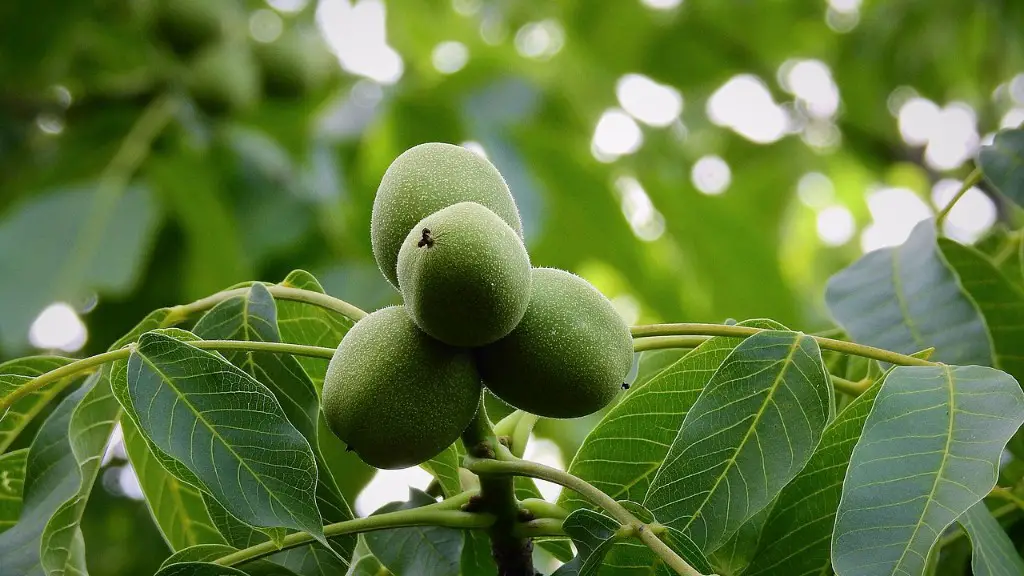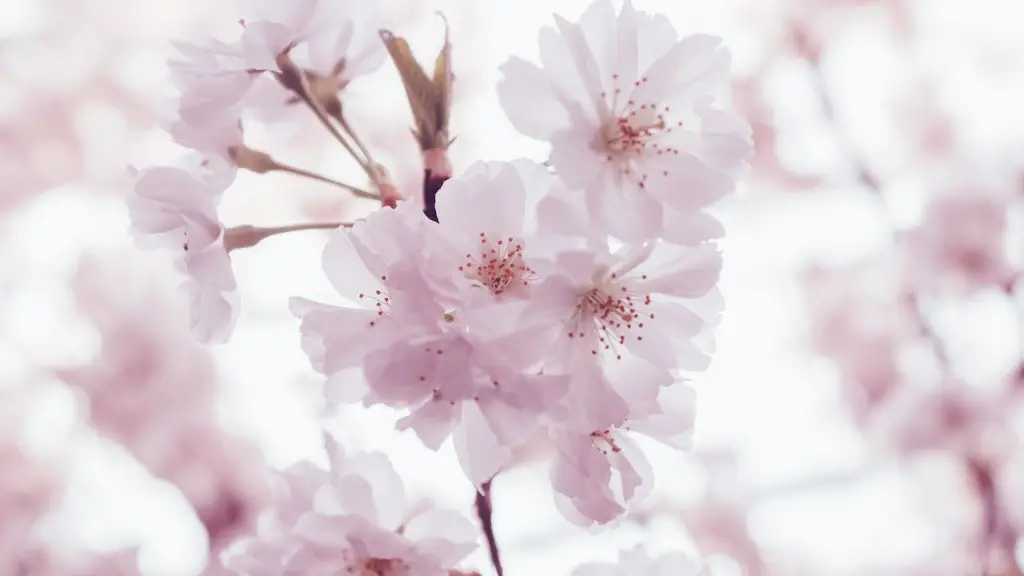How to Take Care of a Small Palm Tree
Palm trees are often thought of as a piece of classic decor, perfect for an outdoor scene. Taking good care of a small palm tree can be the difference between a luxurious and healthy tree for years to come and an unwanted eyesore on your yard. From soil type to location, there’s a lot to consider when planting and taking care of a small palm tree.
Soil is the foundation of any plant’s success, and palm trees are no different. Palm trees thrive in sandy, well-draining soil with a pH around 6-7. If palm trees don’t have the proper soil, they can become weakened and begin to yellow. It’s important to add soil amendments to soil that is too sandy or have too much clay in it. Relevant amendments for proper palm care include manure, compost, bone meal, and peat moss.
Once a small palm tree is planted in the right soil, the next step is considering where to plant the tree. Small palm trees are can be planted in either full sun or partial shade, depending on the type of tree. Different types of palm trees may need different levels of light, so research the type thoroughly beforehand. Generally, however, small palm trees prefer at least 5 hours of direct sunlight per day.
Next, proper irrigation is essential for a small palm tree’s survival. It’s recommended to soak the soil twice a week for about 15 minutes at a time. Overwatering an indoor palm tree is particularly important to avoid, as it’s a surefire way to cause root rot and kill the tree. Make sure the soil is completely dry before soaking the soil again.
Proper fertilizing is also important for small palm trees. Fertilizing a small palm every now and again encourages growth and keeps the tree healthy. Be aware, however, that over-fertilization can cause more harm than good and burn the roots of the tree. A general-purpose fertilizer is suitable for small palm trees, but only if the directions are followed correctly. It’s important to note that palms don’t need much fertilizer, if any, during the winter, when their growth slows.
Lastly, be sure to trim a small palm tree when necessary. Look out for yellowing, dead or infected fronds, and cut them off at the trunk or midrib. This helps the tree direct its energy elsewhere, as well as keep the area around the tree neat and tidy. Also, if the palm tree appears too tall, it’s safe to remove the top to keep it the desired size.
Supporting the Tree’s Health
In addition to the points mentioned before, there are other ways to help a small palm tree stay healthy and thrive. For outdoor palm trees, monitor for disease and pests, such as lace bugs and scale insects. Act quickly to identify and treat any diseases or pests, and follow the advice of a local nursery for the most successful outcomes.
It’s also important to think about air and humidity levels when growing a palm tree. An indoor palm tree should have plenty of air circulation, while outdoor palm trees shouldn’t be planted too close to a wall or building that can produce reflected heat and therefore dry out the air around it. Additionally, outdoor palm trees need a relative humidity between 50% and 60%. Keep in mind that small palms don’t usually like cold or chilly weather, so if temperatures drop to 10°C or 50°F, it’s best to relocate the tree indoors or wrap it with a blanket.
Beneficial Nutrients
Watering, fertilizing, and air circulation are all important for healthy palm trees. But what about the actual nutrients a small palm needs? Generally, palm trees are all slowly growing trees, so it stands to reason that fertilizing should be done slowly as well. In order to keep the tree healthy, it’s recommended to fertilize every two months with a balanced fertilizer. The fertilizer should include macro and micronutrients, such as nitrogen, phosphorus, and potassium.
Nitrogen is essential for a small palm tree’s foliage, as it promotes its health. Phosphorus helps with root growth and overall size of the tree, whereas potassium increases water usage efficiency and disease resistance. If these key nutrients are lacking, it’s extremely likely that the environmental conditions around the tree are not proper.
In addition to the macro-nutrients mentioned, there are micro-nutrients that are important for a small palm tree’s health. These micro-nutrients are often found in trace amounts in soils, but if palm tree soil is not lately amended, they may become depleted. Some examples of micro-nutrients important for a small palm tree’s growth include manganese, iron, zinc, copper and boron.
Insect Control
When caring for a small palm tree, insect control is an important consideration to make. Any outdoor palm tree is at risk of attracting different types of insects and pests such as mites, scale insects, aphids, and snails. To prevent pests from causing damage to a small palm tree, it’s important to inspect the tree and its leaves regularly.
If pests or diseases are spotted, the tree should be treated with an appropriate insecticidal soap or miticide. Also, check for fallen leaves and clean up regularly. Lastly, it’s a good idea to avoid over-watering and over-fertilizing the tree, as this can make it more prone to insect damage.
Potential Diseases
Small palm trees can fall victim to a few potential diseases, so it’s important to be aware of them and their symptoms.if left untreated, these diseases can severely damage the tree and even lead to death.
Common diseases for a small palm tree include root rot, wilt disease, leaf spots, and canker staining. Root rot is caused by overwatering and affects the roots, making them black and spongy. Wilt disease can cause leaves to yellow and become limp, while leaf spots can cause leaf discoloration and extensive leaf damage. Canker staining affects the trunk and is caused by bacteria entering the wounds of the tree.
In order to prevent and treat these diseases, the roots of a small palm tree can be sprayed with fungicide and fertilizers. Fungicides should be used outside and inside of the tree, while fertilizers should be sprinkled around the plant. It’s also a good idea to move the tree away from any direct sources of water, such as watering cans, as this can contribute to root rot.
Money Saving Tips
Lastly, taking care of a small palm doesn’t have to be expensive. Start off by buying a quality potting soil and plan the planting of the tree instead of placing it too close to a wall or building. Doing so may save some money on the air conditioning bill from lower temperatures and increased shade from the tree.
In terms of fertilizer, while it’s important to fertilize a small palm tree, purchasing a high-end fertilizer is not necessary. As long as the fertilizer is balanced correctly and applied correctly, it should do the trick regardless of how expensive it is. Additionally, water can usually be found for free, so try and take advantage of that for easy savings.
Lastly, it’s best to avoid over-watering and over-fertilizing a small palm tree. Not only are these mistakes potentially detrimental to the health of the tree, but they can also lead to the spending more money than necessary. Accidentally produced cancer staining can often lead to pricey plant removal costs.



